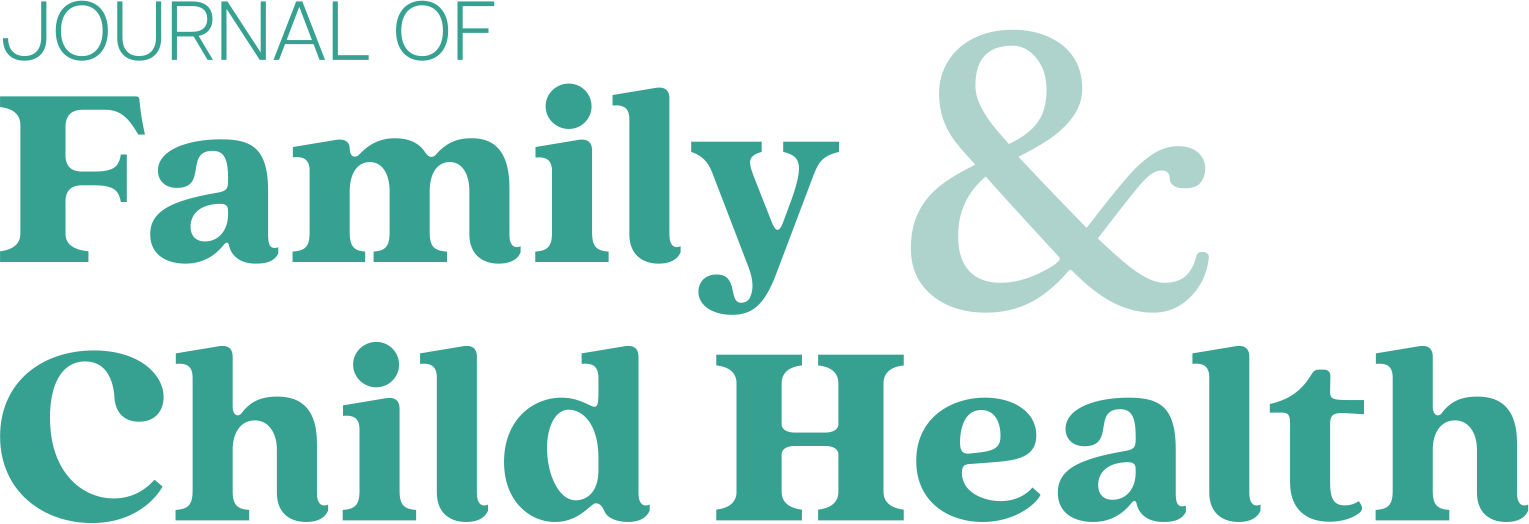Maternal–foetal exposure to antibiotics
Due to its widespread applications in various fields, antibiotics are continuously released into the environment and ultimately enter the human body through diverse routes. The authors of this study from China say that unreasonable use of antibiotics can also lead to a series of adverse outcomes.
Pregnant women and developing foetuses are more susceptible to the influence of external chemicals than adults. The evaluation of antibiotic exposure levels through questionnaire surveys or prescriptions in medical records and biomonitoring-based data shows that antibiotics are frequently prescribed and used by pregnant women around the world.
Antibiotics may be transmitted from mothers to their offspring through different pathways, which then adversely affect the health of infants. However, there has been no comprehensive review on antibiotic exposure and mother-to-child transmission in pregnant women so far. Thus, the researchers summarised the exposure levels of antibiotics in pregnant women and foetuses, the exposure routes of antibiotics to pregnant women, and related influencing factors.
In addition, they scrutinised the potential mechanisms and factors influencing the transfer of antibiotics from mother to foetus through placental transmission, and explored the adverse effects of maternal antibiotic exposure on foetal growth and development, neonatal gut microbiota, and subsequent childhood health.

Given the widespread use of antibiotics and the health threats posed by their exposure, they conclude that it is necessary to comprehensively track antibiotics in pregnant women and foetuses in the future, and more in-depth biological studies are needed to reveal and verify the mechanisms of mother-to-child transmission, which is crucial for accurately quantifying and evaluating foetal health status.
Birth weight, head circumference and neurological outcomes
The Archives of Disease in Childhood has published a study that explores whether relative measurement of birth weight and head circumference in preterm babies is linked to neurological outcomes.
The researchers assessed 3473 babies born prior to 32 weeks' gestation, who were then classified depending on their head circumference and birth weight as having a Z score on the Fenton curves as concordant or discordant. In the study, named EPIPAGE-2, the researchers established four mutually exclusive categories: discordant smaller BW (sBW) with BW<HC; discordant smaller HC (sHC) with HC<BW; concordant measurement (CM) with BW and HC; concordant and both >−1SD and concordant small measurement (CsM) with BW and HC concordant and both ≤−1SD.

They explored the neurological outcomes of each child at 5.5 years using standards tests. The researchers defined 74.8% of the preterm babies (n=2592) as CM; 7.4% of the babies (n=258) were described as CsM, 10.9% (n=378) were described as Shc, and 6.9% of babies were Sbw (n=239). When compared with CM children, the team found that babies born with CsM had a much higher risk of adverse cognitive outcomes, developmental coordination disorders, and requirement to use special school services.
Babies born with sBW were found to have a significantly lower risk of cognitive deficiency and the sHC group were found to have a significantly increased risk of developmental co-ordination problems. The researchers therefore concluded that the relative discordance of preterm infants' BW and HC was associated with their neurological outcomes.
An integrated family approach in the practice of adult and child mental healthcare
This article describes the practice of an integrated family approach to treatment in mental healthcare in which the focus is on the whole family and treatment is carried out by professionals of adult and child mental health services together. The authors say it is presented as an example of best practice in finding a way to overcome barriers in implementing an integrated family approach in treatment for the benefit of families with a variety of interrelated problems.
In the literature, there have been recommendations for considering both parents and children in treatment. The majority of these recommendations are given from the perspective of the practice of adult mental healthcare and only a few come from the practice of children's mental healthcare. Research from the perspective of adult mental healthcare practice advocates for a Family-Focused Practice (FFP), recommending preventive attention be given to the patient's family, especially children. Based on the aforementioned knowledge, an adult mental health service (AMHS) and a child and adolescent mental health service (CAMHS) in the Netherlands established a partnership in 2012 to offer parents and children treatment with an integrated family approach in which the focus of treatment is on the family as a whole.
The authors say a strength of this case study is the evidence- and practice-based foundation and its contribution to clinical practice. In particular, there is a lot of research about the barriers to family focused practice in mental healthcare, but hardly any research presenting best practices to overcome these barriers.
The authors conclude an integrated family approach to the treatment of patients in mental healthcare can be helpful to families with a variety of interrelated problems in different domains. They recommend that mental health organisations actively facilitate professionals in adopting an integrated family approach. This will enable and encourage them to include the whole family in their treatments and prevent families from receiving fragmented care.

By considering and treating the individual mental disorders of their patients as being part of a comprehensive context of family and society, they can further increase the value for both the families and for their organisation. They say this will result in not only a curative contribution, but also a preventive one, helping to protect the next generation from becoming the patients of tomorrow.
Evaluation of parents' use of a child healthcare information app
This study from Japan reports results of a project in which a healthcare information app for parents, ‘Oshiete-Doctor’ (which translates to ‘Doctor, tell me’) is being used to improve parents' nursing skills at home. This app is free and uses illustrations to make information accessible to parents with low health literacy.
This study aimed to evaluate the associations between parents' use of the app and their health literacy, their healthcare knowledge, and pediatric emergency room visits for their children. It was hypothesised that parents using the app would be more likely to have correct knowledge about their children’s healthcare, have higher health literacy and use the pediatric emergency room less frequently when compared to parents who did not use the app.
A significant association was found between app use and accurate healthcare knowledge. Fadda et al reported that their smartphone app intervention for parents increased parents' knowledge of measles-mumps-rubella vaccination and parents' psychological empowerment toward vaccinating their children. These findings are consistent with this study; however, there were no statistically significant differences between app users and app non-users, with high scores for the statement about visiting the emergency room at night if their child had a fever and the statement regarding their response to their child drowning.
This study found a significant association between app use and parental health literacy. The measure of health literacy used in this study was designed to assess the subjective manageability of health-related tasks, focusing on both individuals and the underlying circumstances in which health-related tasks are performed.
The use of the app may lower barriers to accessing, understanding, appraising, and applying healthcare information and result in the greater manageability of child healthcare.
This study showed a significant association between parents' use of a healthcare information app and higher health literacy and knowledge. The use of the app may help parents increase their knowledge and ability to manage their children's health by lowering barriers to accessing, understanding, evaluating, and applying health information.
Health anxiety by proxy – through the eyes of the parents
Health anxiety by proxy is a newly described phenomenon where parents worry excessively that their child suffers from a serious illness. In a former study, six parents with distressing worries about their child's health were interviewed to develop the Health Anxiety by Proxy Scale.
The present study is a secondary analysis of these semi-structured interview data using interpretative phenomenological analysis aiming to explore for the first time the lived experience of parents with health anxiety by proxy.
Analysis revealed three main themes: ‘Faces of distress’ describing various aspects of parents' experienced distress; ‘Invasive insecurity and mistrust’ portraying how anxiety affects parents' relationship with their children, health professionals and family; and ‘Making sense of own worries’ covering parents' ambivalence regarding their anxiety and rationalisation of their worries.
The authors conclude that knowledge about perspectives of parents who suffer from health anxiety by proxy can inform communication in clinical encounters where validation of parents' experiences may be key to forging an alliance for further treatment; and to recognising and potentially lowering barriers to receiving help that lies in parents' potential mistrust in professional help.

